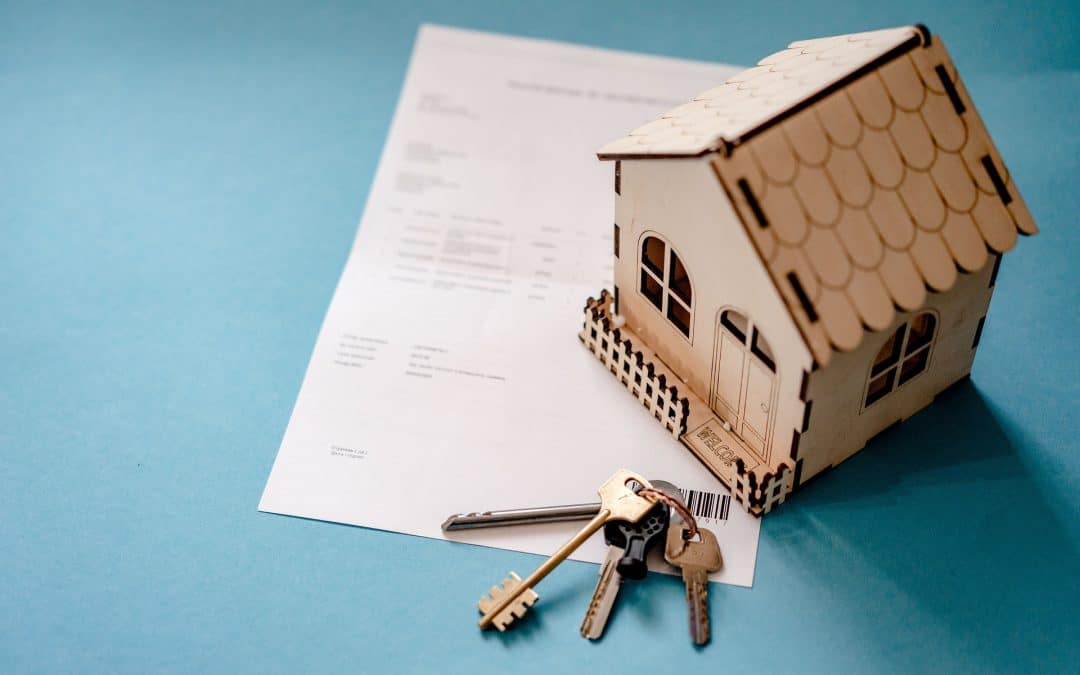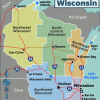Mary C. Daly is president and CEO of the Federal Reserve Bank of San Francisco. This article is adapted and edited from a recent presentation made at the 2024 National Interagency Community Reinvestment Conference in Portland.
No matter where I go or who I talk to these days, I hear a similar refrain: “Housing, will it get better?” Concerns span generations, geographies, income levels, and all races and ethnicities. Indeed, according to a recent poll by the Cato Institute, 87% of Americans worry about the cost of housing, and nearly 70% worry their kids and grandkids won’t be able to buy a home.
Affordable housing shortages are not new. What’s different today is how many people are affected—a large and growing number, more than at any other time in our living history.
You don’t have to go too far to see this. As people regularly in the field, this is your day to day. In our travels at the San Francisco Fed, we find it everywhere. In communities that have struggled for decades, like urban centers and rural areas, to ones newer to the issues like Boise, Idaho, Salt Lake City, Phoenix, Las Vegas, the list goes on.
This culminates in the sentiment that housing is broken. That it’s falling short of our collective expectations, not only to provide shelter, but also to support growth, community, and an economy that works for all.
Today, I will discuss how we got here, and what it will take to change the equation. My message is clear: collective problems require collective efforts, and it will take all of us—community development, nonprofits, government, and business—working together to achieve greater access to housing.
Longstanding, Worse Now
So, why are so many Americans worried about housing costs? The affordability data tell the story.
In 1960, the typical home was worth about 1.7 times the median family’s income. By 2022, that ratio had risen to well over three. Almost double. While the affordability gap has been accumulating for 50 years, it’s widened considerably in the past 20.
Many things contribute to this decline in affordability, but one key variable is supply. Again, the data tell the story. Housing supply has dropped precipitously since the 2008 financial crisis and now is near its recent historical low.
And this is the root of our problem. With so few homes available to meet demand, the value of homes has soared.
And this transmits through the economy. Limiting affordability not only for home buyers but for renters as well. The latest data show that about half of all renter households are experiencing a cost burden—spending more than 30% of their income on rent and utilities, a notable increase over previous years.
Putting these facts together, it’s no wonder that so many Americans are talking about housing.
Everyone’s Problem
But this is not a problem just for those who are looking for a home. Whether we know it or not, it affects our collective well-being. When people are stressed about their housing situation, their health and productivity suffer. It also affects their decision-making, about where to work, reside, and how to participate in their community.
This point was brought home to me during a visit to Orange County, California. I was meeting with a group of local restaurant owners. We were talking about the challenges of finding and keeping workers. When I asked about housing, the room changed. Everyone had stories of loss. Loss of longtime employees who couldn’t afford the ever-increasing commute distances, loss of interested applicants who departed when they found out the cost of housing, and loss of opportunities to serve their customers and grow their businesses due to lack of staff. To them, housing was failing, and no one was winning.
This story is not unique. I am sure each of you has heard many. Together, they remind us that housing is more than a basic need. It is an essential part of well-being, and well-being is an essential part of a thriving community and a healthy economy. If we miss on something so fundamental, everyone feels it, and we are collectively worse off.
Getting Our Housing in Order
So, what should we do? As I said, collective problems call for collective solutions. So, we will all have to participate.
Let’s first start with what the Fed can do.
One lever that we and other regulatory agencies have is the CRA [Community Reinvestment Act]. The CRA has played a significant role in driving investment into low- and moderate-income communities, and it is an important tool for ongoing housing solutions.
The Federal Reserve also contributes through our core monetary policy responsibilities, to create a stable and healthy economy with price stability and full employment. These goals were given to us by Congress and are the foundation of a sustainable economy that works for all.
As you know, we have been missing on our price stability mandate for the past two years. Rising housing costs have been a key driver of these misses, boosting inflation and worsening affordability. This burden has fallen especially harshly on those least able to afford it. That is why the Federal Reserve has been so focused and resolute on getting inflation down.
Of course, I recognize that higher interest rates also raise housing costs. But these adjustments are temporary and needed to bring down inflation. History has taught us that price stability is the single best mechanism to ensure sustainable growth. Without this condition, the economy, the labor market, and the housing market all falter. That is why we are committed to finishing the job.
Ultimately, however, the tools of the Fed are limited. We can create the economic conditions for housing, but our efforts will not be sufficient to rebalance the housing equation. This will require other important players in the economy.
Fortunately, many have already taken up the charge. Governments, businesses, and communities are recognizing the problems, forging partnerships, and creating solutions. Often taking on third rails of policy to do it.
Take governments. Many are tackling longstanding barriers to development, like land use rules, zoning laws, and planning policies. The idea is to change the way space is used, to allow for more housing, sometimes denser housing, and ultimately create greater affordability. States as diverse as Oregon, Maine, and Utah and cities like Minneapolis are engaged in activities like these.
Businesses and business organizations are also actively working on housing, recognizing that to grow their businesses, employees need a secure place to live. In my home state of California, the Santa Rosa Metro Chamber of Commerce is partnering to finance the construction of more homes. In Donald, Oregon, GK Machine is building a housing development to support its manufacturing employees.
Importantly, these efforts are not limited to coastal states or urban centers. In Spencer, Indiana, a town of roughly 2,500 people, a medical device manufacturer is building homes for employees. The point is, challenges are everywhere, and businesses are rising to meet the occasion.
Finally, there are communities, the ones you’ve been working with for decades. They’re expanding their partner networks and building alliances across a wide range of sectors including public, private, and nonprofit. With this new breadth of partners comes the potential for new scale.
We’re seeing this play out in places like Riverside County, California, where a largely agricultural community aims to build 10,000 new units of affordable housing over the next 10 years. They’re doing this through partnerships with many players, importantly led by community. In Portland, we already see an outcome of such efforts. Community partners joined forces to turn a blighted property with no future into a four-story, multifamily, affordable housing development. These are examples of collective efforts leading to solutions that scale to the problem.
I see the fact that governments, businesses, and communities are joining with all of you as the type of focus and scale we need to change the equation on housing. The problems have gotten bigger than any single action. And none of us will be as strong alone. Good work done independently is good. Good work done together is great.
Home Truths
In the end, what we are really talking about is not housing, it’s home.
The dignity people deserve is a place to call their own and the freedom to choose it. When these things are constrained, lives are affected.
A few years back, I was driving from Boise, Idaho, to Twin Falls. I pulled into a highway gas station and found myself in a conversation with a young couple moving across the state. They were ready, but not excited. They told me they had to move. They were expecting a new baby and could no longer afford to live where they had grown up. So, they were venturing away from home and family for more affordable housing.
They will likely make it. Forge a new path. But is this what we really want?
That’s the conversation we need to have about housing.
















The more government(s) get involved, the worse the problem will get. Densification is not a solution; densification will ultimately end in micro housing that is still unaffordable (New York City). Removing regulatory barriers to building is the only real solution. The more regulations builders have to endure, the more only luxury housing makes economic sense to build. Restrictions on where new housing can be built also needs to be softened to allow the supply to catch up with demand. Then, and only then, will housing start to become more affordable.